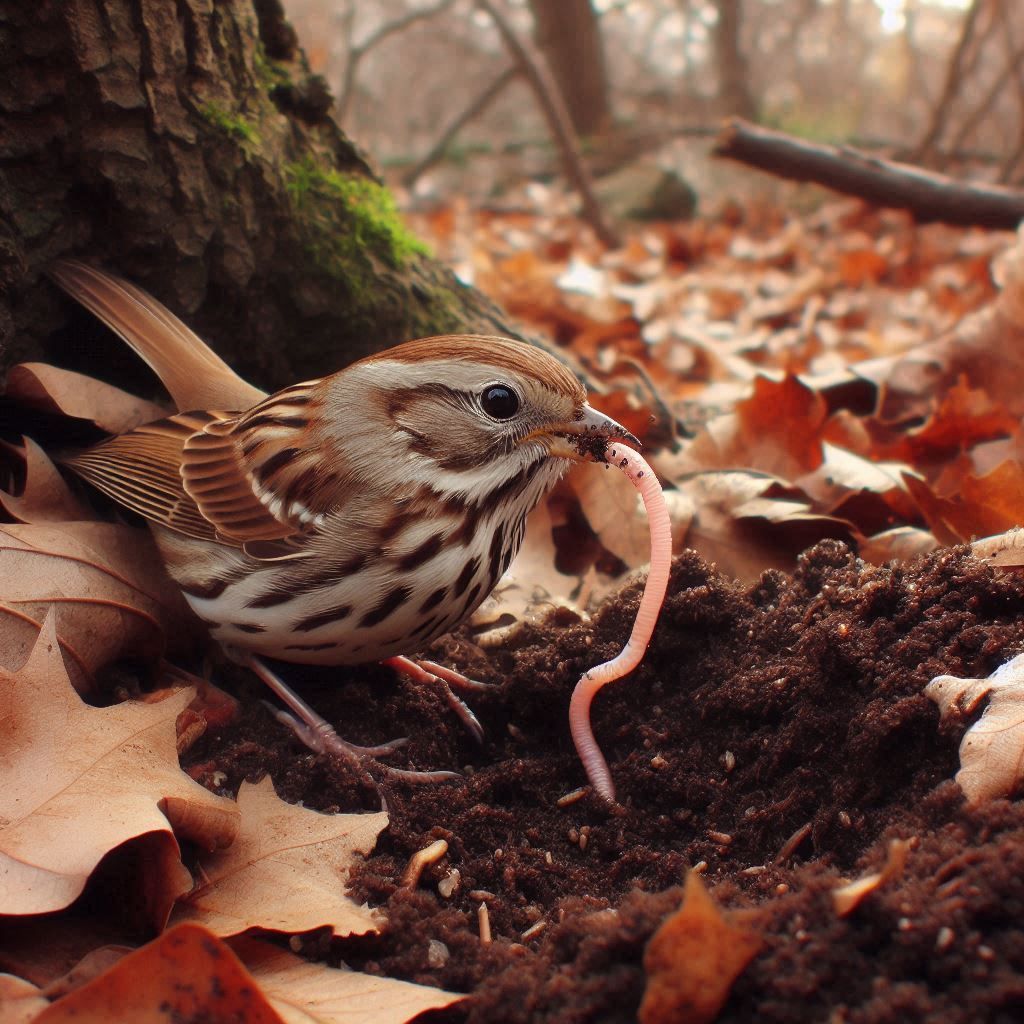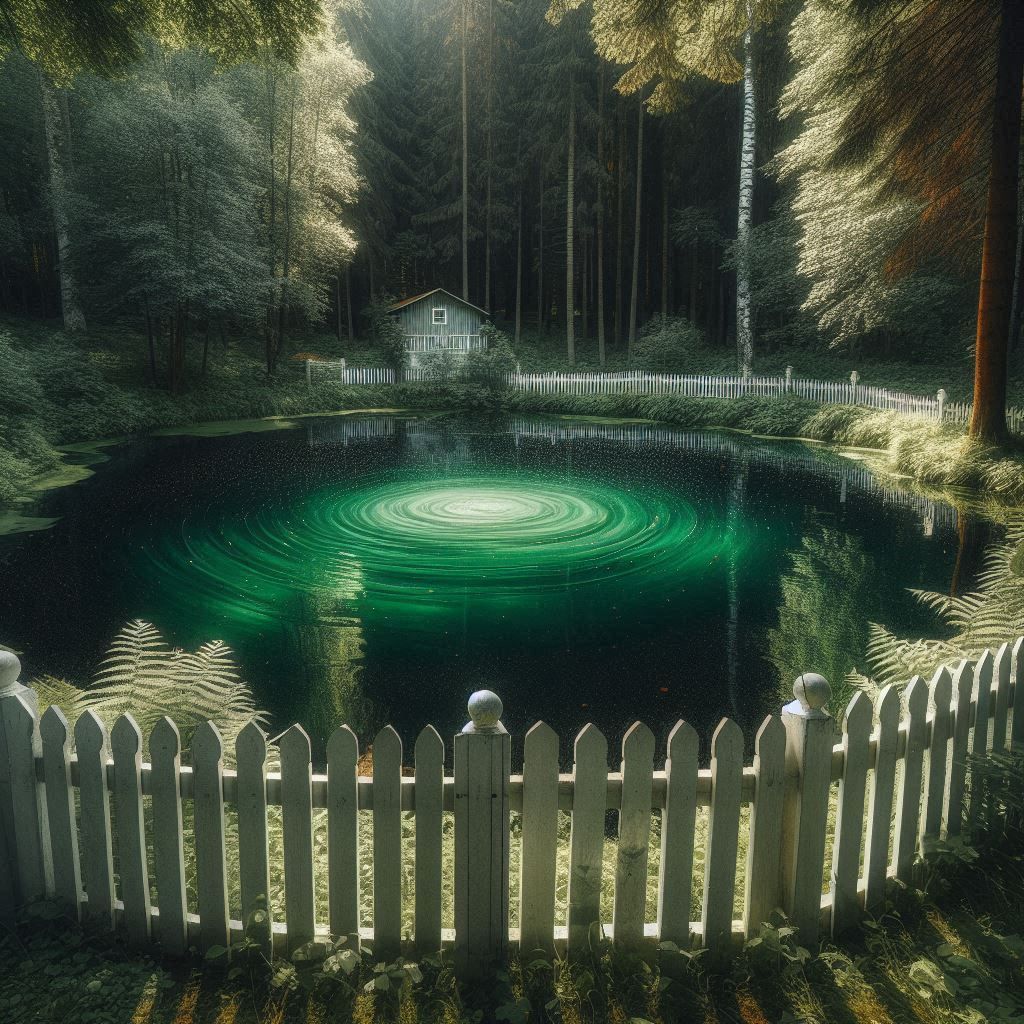Companions
It is November in the Alleghenies, and the leaves of the deciduous trees have mostly fallen. Having changed color yet again, now to a reddish-brown, they make the forest floor look like it is covered in rust. I wonder if the ground wishes for snow to soon come and give it a silvery polish.
Rust is associated with disuse and deterioration. While fallen leaves symbolize death. Yet, I cannot think of anything more utilized, growing, and teeming with life than rusty fallen leaves. Just as admirable, they’re fun.
As J.M. Barrie wrote and Arthur Rackham illustrated in the book, Peter Pan in Kensington Gardens, “There is almost nothing that has such a keen sense of fun as a fallen leaf.” I think of that Barrie quote and Rackham’s accompanying image every time I walk through fallen autumn leaves, reveling in the happy sound of their swish, crackle, and crunch beneath my kicking feet. And who among us can see a freshly gathered, big pile of leaves and not feel the urge to jump in? For how exhilarating it is to land in the earthy embrace of those who have lived in the sky.
The proper term for fallen leaves lying on the ground is leaf litter. But how very different leaf litter is from the human litter that trashes the land. Unlike human litter, leaf litter is not destructive, but productive. Extremely productive.
A pile of fallen leaves provides a cozy home and nutritious food for a wide variety of numerous creeping, crawling creatures. These creepy crawlies range in size from those that are barely visible to the naked eye, like certain mites, to some that are several inches long, like various centipedes.
Most people are not terribly fond of creepy crawlies, and I confess I am one of those people. I find them gross, and they make me squeamish. However, they are a critical source of food for the birds of the Allegheny Mountains and surrounding regions, especially in winter when other food sources are scarce. Our birds would starve without creepy crawlies to feast upon, and I do not want to live in a place without birds. Even though I am a long-time fan of silence and solitude, my life would be insufferably bleak and lonely if there were no birds for me to hear and see.
Birdsong is my favorite way to wake up in the morning. Although it’s true there are some AMs when I wish the birds would begin their rousing concerts at a more civilized hour than dawn’s first blush. While in the gloaming, bird chants are my choice of choral evensong.
Not only at sunup and sundown, but during every time span in between, the chirps, whistles, trills, warbles, twitters, and caws of birds create of dead air a living thing, and I am energized. Then when night falls, the hoots and screeches of owls remind me that, even in the dark, life goes on, and I am calmed.
As to the wonders to be had by seeing birds, the first thing that comes to mind is something my father used to say. “There is nothing prettier than a cardinal in the snow or a woman in a red coat.” Which is why even now when there is snow, I am on the lookout for a cardinal. And a red coat will always be an essential clothing item in my winter wardrobe.
In spring and summer, I watch birds build their nests and raise their young with all the exuberance of those two seasons. If I am especially lucky, I also get to see the little feathered ones figure themselves out and fly straight away. At such magical moments, I swear I have further observed empty nester parents puffing out their chests, as though their avian hearts were bursting with pride.
In any season, whether it be the flitting and fluttering close to the ground of a sparrow or the soaring and gliding high in the sky of a hawk, a bird in flight is an amazing sight. “How do you do that?” is invariably my question. “I want to do that.” is repeatedly my plea.
In addition to their entertainment, companionship, and inspirational value, birds are imperative for human survival. A significant number of bird species are pollinators needed for plant reproduction. While many more spread seeds through their droppings, often to a new area some distance away from where they ate the seeds. Such seeds typically have a head start on germination because when the birds eat the seeds, they scratch the seed coats. Then too, the birds’ waste matter, or guano, in which the seeds are immersed, is an excellent fertilizer. For these reasons, birds are considered the world’s most reliable and successful dispersers of seeds for plants that provide us humans with food, medicine, and timber.
What’s more, birds pigging out on creepy crawlies in leaf litter, as well as on similar critters residing elsewhere, protects farm crops, garden plants, and every outdoor space there is from being overrun by a population grown out of control and harmful. And, by the way, this is an animal group that includes insects, like mosquitoes, that cause disease in humans and other animals.
We have a lot to thank the birds for, and it therefore follows we have a lot to thank creepy crawlies for too. Nor should we forget to thank the trees that produce the leaf litter, which is not only a habitat provider for creepy crawlies, but additionally a supplier of nesting material for birds. As for the trees, if I were them, I would be grateful for the creepy crawlies. Because a good many creepy crawlies eat the leaf litter, breaking the fallen leaves down to tiny pieces for fungi and bacteria to further decompose into the soil nutrients used as food by trees. And around and around it all goes, the spinning of an infinite, yet fragile web of interconnection and interdependence.
Walking through a forest’s leaf litter gives me an inner peace like none other. My soul is not even slightly disquieted by the fact that, during my woodland walks, I am probably crushing and killing at least a few creepy crawlies. This is because some of them are not only small, but slow-moving, making them vulnerable and their escape from my big old, tromping feet difficult.
My lack of remorse is understandable. After all, there is a gigantic abundance of creepy crawlies. On any given forest amble, the path I cut through the leaf litter is likely home to millions upon millions of creepy crawlies. The smattering I might kill will not be missed by the birds, and their decaying corpses will add to the health of the soil and thus the forest.
However, although I never feel even the teeniest shard of guilt for bumping off creepy crawlies, I am sometimes pained by the conundrum of why life is like this. Why all these perpetual predator-prey relationships? Why all these dominator-subordinate associations? Why all these never-ending competitions that pit us fellow earthly companions against one another? Why is so much of an individual’s life a struggle for survival that ultimately is at the expense of other living beings who are also just trying to survive? These miserable facts make no sense to me, and they go against every spiritual truth I hold dear.
Even the turkey vulture, a bird I have lauded because, until recently, I thought they only ate what is already dead. Which is why Cherokee Native Americans refer to them as Peace Eagles. Well, as it turns out, according to the Hawk Mountain Sanctuary Association, an internationally recognized leader in global raptor conservation, although turkey vultures almost exclusively eat carrion, they do on rare occasions kill and eat sick, as well as young mammals and birds. The suffering sick dying an excruciating death I could make an exception for as mercy killings, but the young and even members of their own kind? It appears turkey vultures, however infrequently, are in between the same rock and hard place as the rest of us.
These inconsistencies between physical existence and spiritual being do disquiet my soul. Yet, I would rather deal with the pain that comes from pondering their dark mysteries than make myself carefree and numb. Blissful oblivion comes at too high a cost. Instead, I choose to keep my human ability to think about everything and to think for myself, to imagine and create beyond reality’s limits, to be fully conscious of the prevailing good in this world, to feel unwavering wonder for life’s countless miracles.
To keep me going on my chosen path when the going gets agonizing, how blessed I am that, along with the rest of humanity, I have been granted the always free and available companion of hope. I know chances are impossibly slim that I will ever come even close to solving the dark mysteries of this world. I will certainly die without possessing complete understanding and peace. But for as long as I continue to accept its open invitation, I have hope to be with me. Like the trees, the birds, and even the creepy crawlies, hope keeps me wonderful company.
Hope walks with me, holds my hand, and tells me the true story of the future. That there will come a new day. When exactly it will dawn is not known, but it will definitely be a very long time from now. I will not live to see it. But that does not matter. What matters is that there will come a new day when the world’s dark mysteries will be brought to light, and life itself will turn out for the best.
So, in this present, partly cruel world and brutal life, it is with hope as my constant companion I keep putting one foot in front of the other.

Credit: Bing Image Generator
Share this post via









